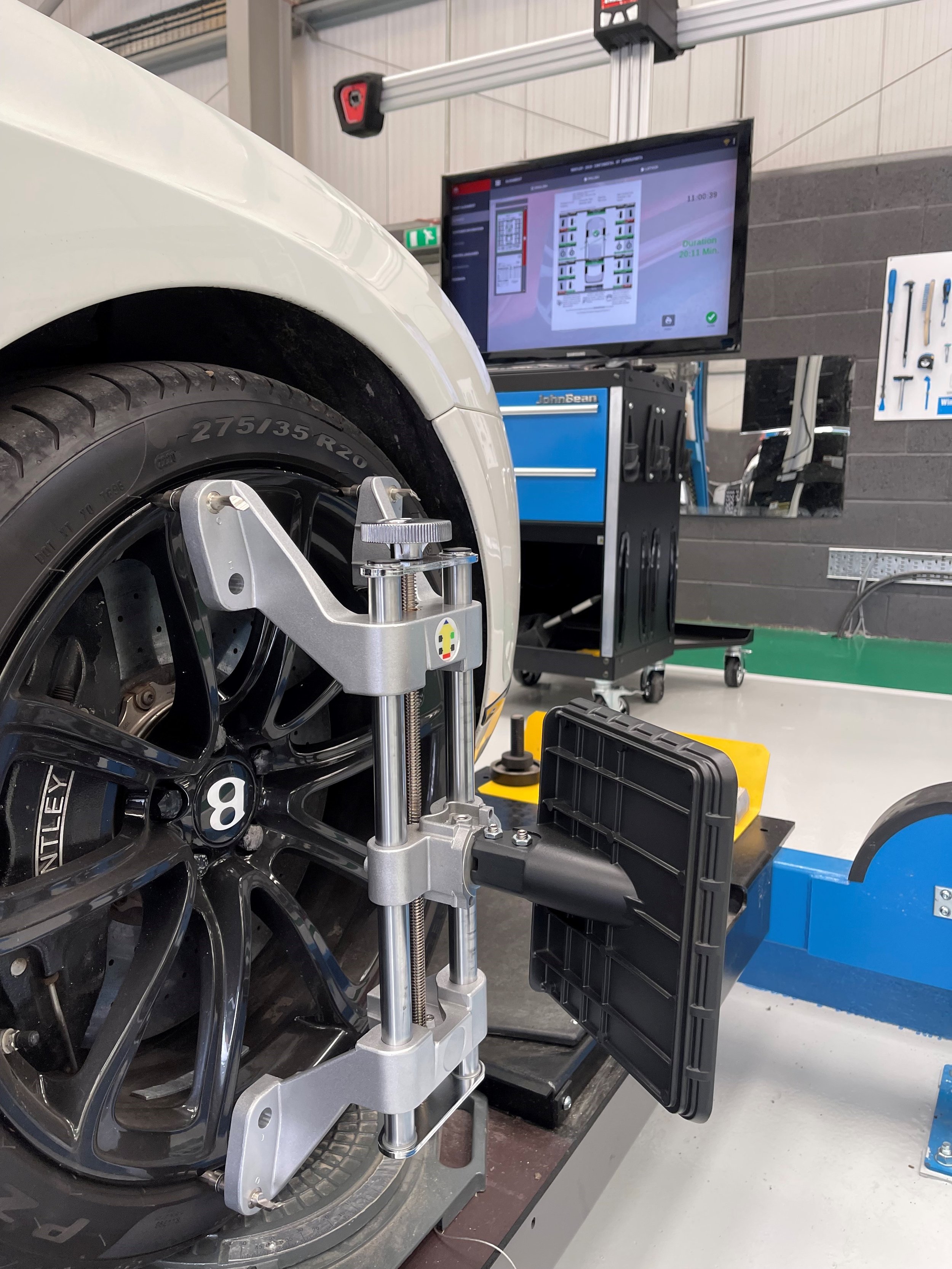What is ADAS?
ADAS, or Advanced Driver Assistance Systems, use innovative technology to enhance road safety and optimise driver comfort and performance. Equipped with sophisticated features, ADAS uses cameras and radar technology to detect road signs, keep drivers in their lane, and maintain safe distances from other vehicles. It also helps prevent collisions with blind spot monitoring and rear cross traffic alerts. Ultimately, ADAS prioritises road safety and saves lives by monitoring, warning, and taking action to reduce accidents on the road.
Why does it need calibrating?
Advanced Driver Assist Systems rely on a combination of cameras and radars to work as intended. The vehicles camera(s) and radar sensor(s) are calibrated at the time of manufacture however following wheel alignment, windscreen replacement or any kind of collision - either major accident or even a kerb bump - manufacturers and insurance companies require that ADAS calibration is completed to ensure your vehicle’s ADAS technology is working correctly and that your vehicle’s safety features perform as intended.
The Insurance Industry Requirements and the vehicles manufacturer state under what circumstances these sensors must be calibrated however in most cases this will be:
When repairing, removing and refitting, aligning or replacing any ADAS sensors or associated vehicle parts likely to affect the operation and functionality of ADAS sensors;
When making any body geometry changes or changes to the vehicle’s wheel alignment, suspension geometry or ride height; for example a shock absorber or coil spring replacement
When carrying out any other repair, servicing or maintenance tasks which may affect the function of the ADAS sensors on the vehicle.
Windscreen replacement
Front or rear collision repair
It is advisable to have your vehicles camera(s) and/or radar sensor(s) checked if they have not had a calibration in the last 3 years.



